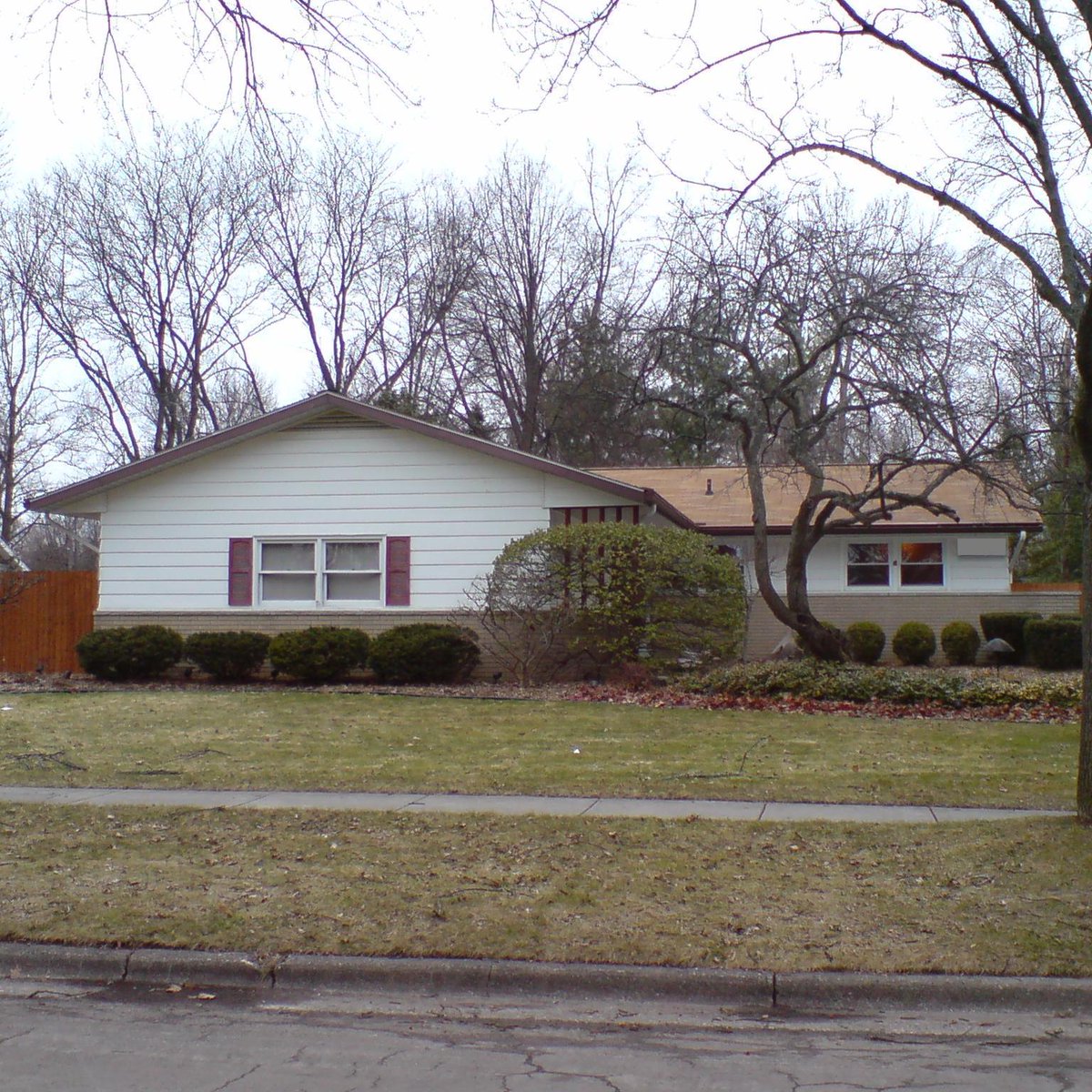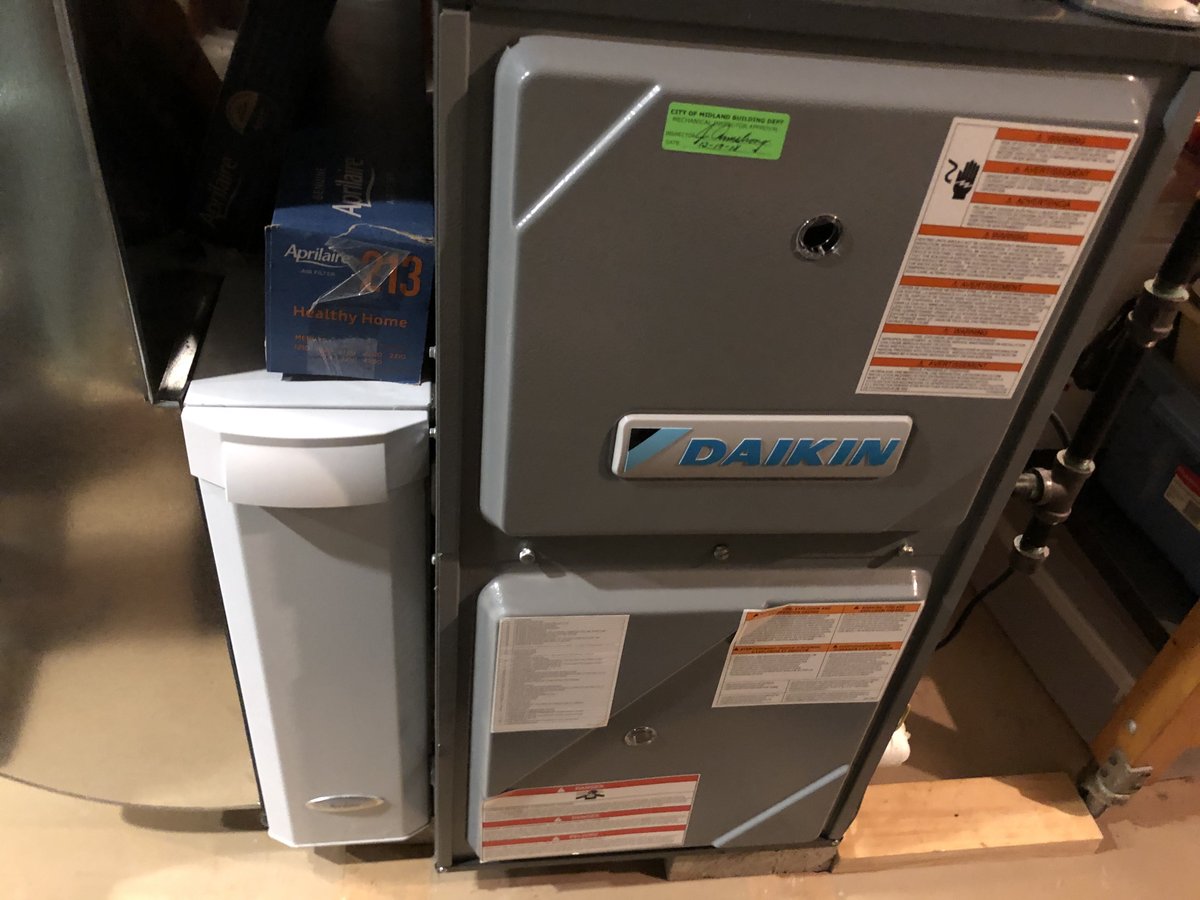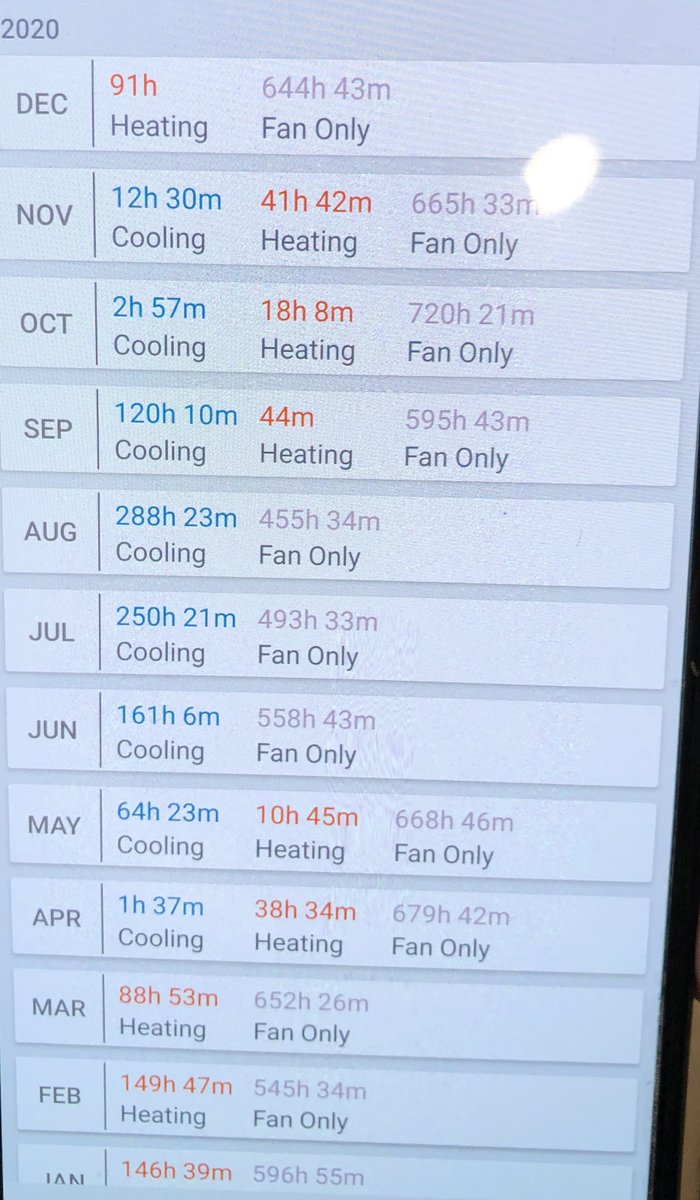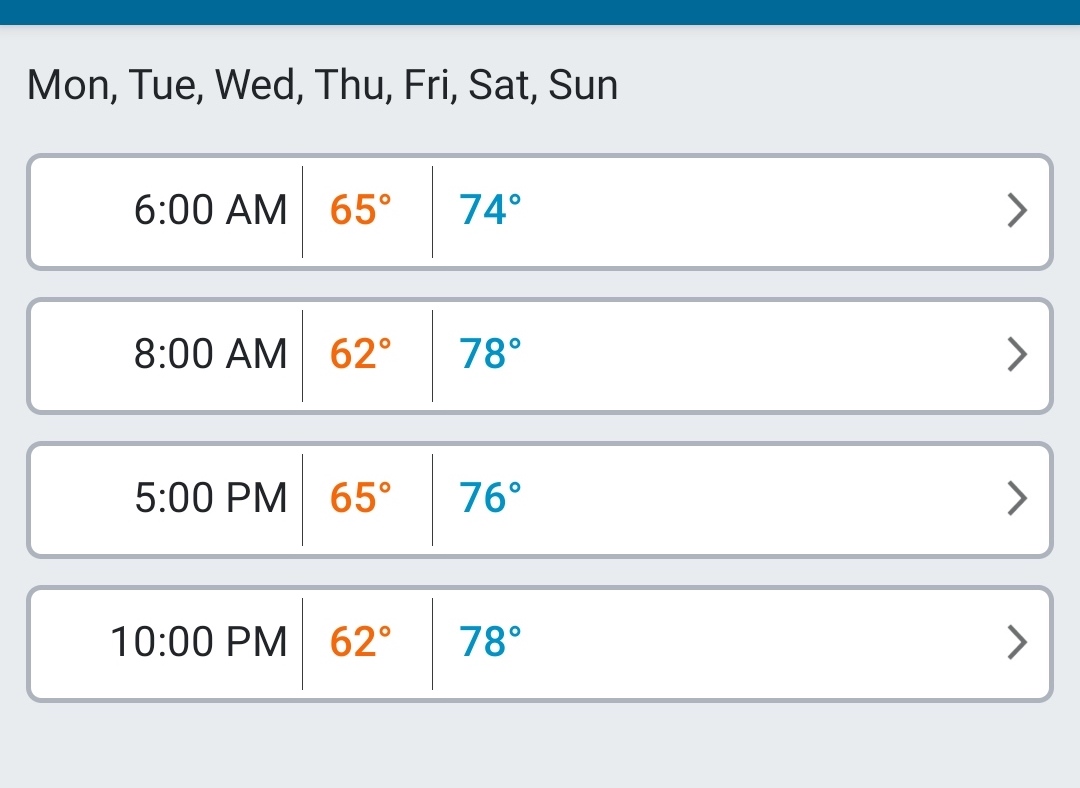
A cautionary tale here. It shows the need for the HVAC2.0 process. @energysmartohio
Accurate load calculations for many existing homes will show a #heatpump is the best tool for the job.
Accurate load calculations for many existing homes will show a #heatpump is the best tool for the job.
I recently re-tested a home I improved 10 years ago. The owner likes to lower bills and wanted to see if there's anything else worth doing to the house, but it turns out he had some comfort complaints as well. 

10 years ago - we made this 1500sf 1960s house 40% more air tight and insulated the attic and crawlspaces. For reference, the air tightness and attic insulation would meet current building codes but the walls and foundation would not.
2 years ago - The owner got a new furnace and AC, I was NOT involved at all. It's a 60,000 btu/hr fully modulating furnace and a 2 ton air conditioner. He also got a Sensi thermostat, so there is run time data. 

Last February this fully modulating beauty only ran about 20% of the time. A variable speed furnace like this should be running nearly all the time during the coldest month of the year. 

A load calculation (the most heat the house will need) including a blower door air tightness measurement puts the house at 29,000 btu/hr. The furnace only modulates down to 29,400 btu/hr. Also, the cooling load is 10,000 btu/hr and the AC only operates at 23,600 btu/hr. 

A (what I'll call) "operational load" based on fuel usage and weather data says the house probably only ever needs about 21,000 but/hr. This December was mild and the load was probably only ever half of that, say 10,000 kbtu/hr. 

So this homeowner paid the long dollar for a variable furnace that is functionally a single stage 30k furnace. Most of the winter it will be nearly 3X too big for the load at its lowest output.
The comfort problems are that bedroom temperatures are hard to control. This is likely due to the size of the furnace in combination with a thermostat setback schedule being used. Eliminating the setbacks should help reduce the comfort problem (this is often the case). 

This house really needed a accurate heat load. With one possible exception, no variable gas furnace in the US market could match the loads of this house. A variable speed heat pump would have been the best choice for comfort and control.
Even a right-sized single stage heat pump on top of this flamethrower would have performed better here as dual fuel. In fact, the furnace would hardly have come on. It would also have done a better job cooling the house and controlling humidity.
HVAC 2.0 encourages accurate load calculations with a blower door measurement. If every HVAC contractor did this I think they'd find quite a few houses have lower loads than they realize, and might even be most comfortable with a heat pump, and this is in Michigan.
The bright side here is that this one is a good case study and the contractor who did the work might be a good HVAC 2.0 candidate.
The End
The End
• • •
Missing some Tweet in this thread? You can try to
force a refresh


